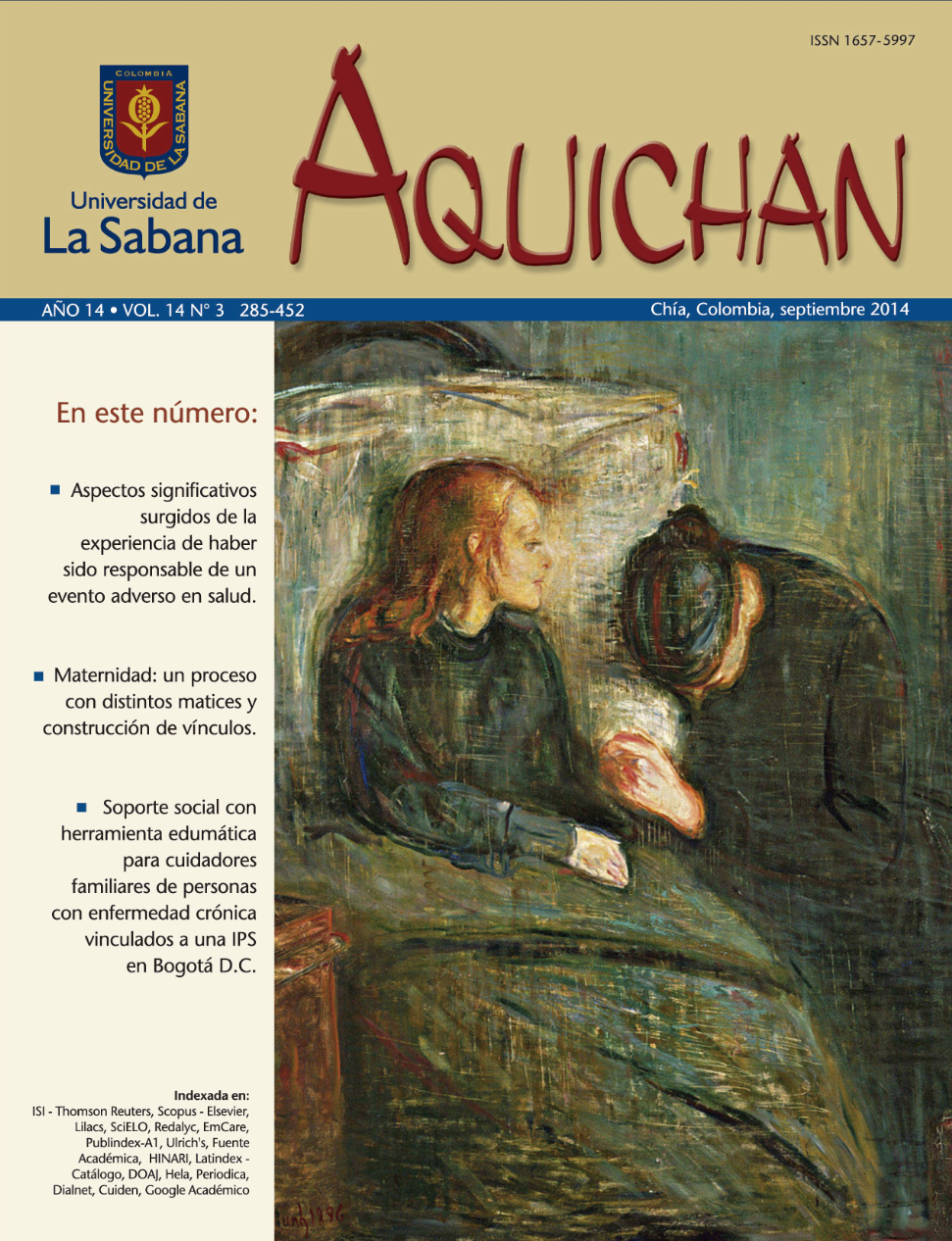Breastfeeding Self-efficacy of Mothers and the Affecting Factors
Keywords:
Breastfeeding, self-efficacy, affecting factors, nursing, 0-3 month old infantAbstract
Objectives: The purpose of this study was to determine the breastfeeding self-efficacy of mothers in the 0-3 month period and the affecting factors. Material and methods: The study was conducted between January-April 2011. The universe of the study consisted of all the mothers who were living in the center of Sakarya province and had infants ages 0-3 months. The sample used in the study consisted of 152 mothers who agreed to participate. The data were collected through face-to-face interviews with the mothers, using the "Personal Information Form" developed by the researchers and the "Breast-feeding Self-efficacy Scale-Short Form / BSES-SF" developed by Dennis. Turkish validity and reliability of the scale were done by Tokat et al. (2010). The data were evaluated with the SPSS program, using percentages, averages, the t-test, chi-square and ANOVA. Results: The average total score from the “taken BSES-SF" was determined as 58.61 ± 8.93, min = 16, max = 70. No significant differences were found between the scale score and maternal age (F = 0.437, p = 0.781), maternal education (F = 0.625, p = 0.645), economic status (F = 0.253, p = 0.777) and mode of delivery (t = 0.922, p = 0.358). The mean scores were determined as being higher for mothers who indicated having received training for breastfeeding compared to others who indicated having received no such training, and the difference between the scale score was statistically significant (X2 = 50.848, p = 0.010). Conclusions: Requirements for developing breastfeeding adequacy among mothers were determined. Nurses can give the necessary support to low breast-feeding mothers by assessing and identifying those requirements with help of this scale.
Downloads
Published
How to Cite
Issue
Section
License
1. Proposed Policy for Journals That Offer Open Access
Authors who publish with this journal agree to the following terms:
- The journal and its papers are published with the Creative Commons License Attribution-NonCommercial-NoDerivatives 4.0 International (CC BY-NC-ND 4.0). You are free to share copy and redistribute the material in any medium or format if you: give appropriate credit, provide a link to the license, and indicate if changes were made; don’t use our material for commercial purposes; don’t remix, transform, or build upon the material.





